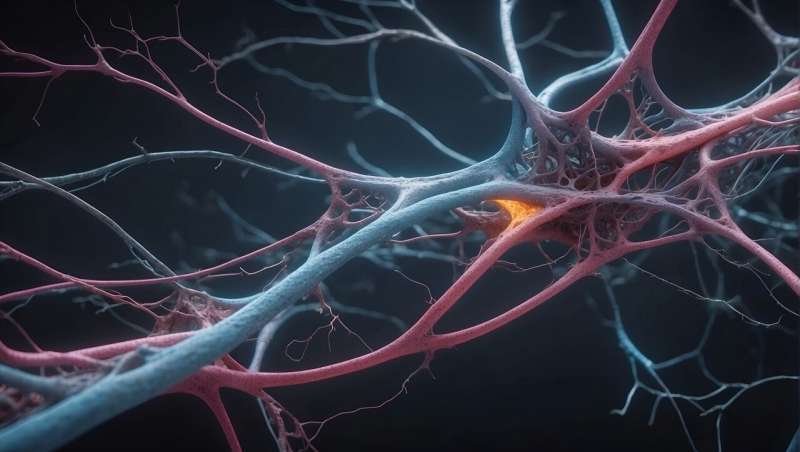Research Reveals Sex-Based Pelvic Anatomy Differences Affecting Spinal Screw and Rod Placement in Surgery

A groundbreaking study from Mount Sinai reveals how sex-based pelvic anatomical differences influence spinal screw placement and rod alignment, emphasizing the importance of personalized surgical planning for better outcomes.
A recent study conducted by Mount Sinai Hospital has shed light on how anatomical differences between male and female pelvises influence spinal screw placement and rod alignment during deformity surgery. It is well-known that male pelvises tend to be narrower than those of females, which can significantly impact surgical techniques and outcomes.
The research focused on S2 alar-iliac (S2AI) screw placement, a critical component in modern spine deformity correction procedures. The study found that men often have a smaller distance between key pelvic landmarks like the posterior superior iliac spine (PSIS), leading to a more medial starting point for S2AI screws. This anatomical variation results in a more convergent, inward angulation of the rods, especially distally, which can complicate the alignment process.
Surgeons frequently face challenges in aligning spinal rods across the lumbosacral junction in male patients, often due to these pelvic differences. The narrower pelvis in males causes the screws to sit in a more medial position, necessitating increased rod bending or adjustments during surgery to ensure proper alignment. Conversely, female pelvises, with a wider PSIS-iliac crest distance, allow for a more lateral screw placement and easier rod alignment.
The study analyzed 185 cases from a single institution, involving experienced surgeons using both freehand and navigated techniques. Findings confirmed that sex-based pelvic anatomy influences screw positioning — with men showing significantly more rod convergence compared to women. These differences have practical implications, suggesting tailored preoperative planning and possibly different surgical approaches based on patient sex.
Understanding these anatomical distinctions is crucial for improving surgical precision, reducing operative time, and enhancing long-term stability. Incorporating advanced navigation tools and customized implants can help address these variations, leading to more reliable outcomes.
Dr. Lin emphasized that, in the era of personalized medicine, recognizing such anatomical differences enables surgeons to optimize procedures. By adjusting strategies for screw placement according to pelvic shape, surgeons can minimize the need for intraoperative adjustments, reduce hardware complications, and improve patient outcomes.
This research represents a step forward in customizing spine surgery techniques, advocating for better preoperative assessment of pelvic anatomy to enhance success rates and reduce revision surgeries. Future studies are necessary to explore whether these anatomical variations affect clinical results like implant failure or patient satisfaction, paving the way for more individualized treatment plans.
Stay Updated with Mia's Feed
Get the latest health & wellness insights delivered straight to your inbox.
Related Articles
Study Finds Higher Prevalence of Rare Neuroinflammatory Disease in Old Order Amish Community
Research reveals that a rare neuroinflammatory disease linked to CFI deficiency is over 4,500 times more common in the Old Order Amish community, emphasizing the importance of targeted genetic screening and personalized treatment approaches.
Understanding the Surge in Early-Onset Gastrointestinal Cancers
The incidence of early-onset gastrointestinal cancers is rising sharply worldwide, especially among young adults, driven by factors like obesity and lifestyle habits. This alarming trend calls for targeted screening and prevention strategies.
Innovative Cell Replacement Technique Slows Neurodegeneration in Mice: Potential Breakthrough for Alzheimer's and Similar Diseases
Stanford Medicine researchers have developed a breakthrough technique in mice to replace brain immune cells, microglia, leading to slowed neurodegeneration. This innovative cell therapy offers hope for treating devastating diseases like Alzheimer's and lysosomal storage disorders.



